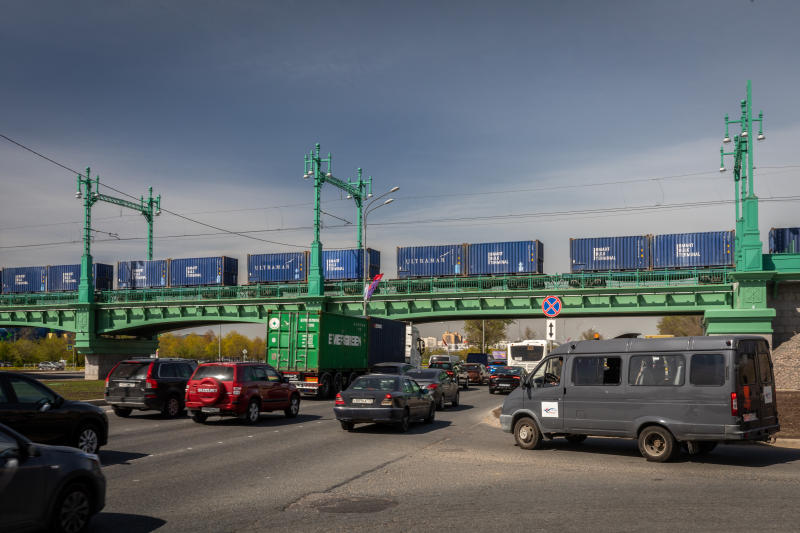
Traffic volume in June shows a 3-percent decrease
Container rail transportation in the Russian Federation can fully recover by the end of 2022, Sergey Avseykov, Executive Director, the Eurasian Union of Rail Freight Traffic Participants (ESP) told IAA PortNews.
“According to the performance in May, the ESP expectations are in accordance with the conservative forecast of the Ministry of Economic Development. It was supposed to decrease by the results of 2022 in the range of 8-10%. June showed that the timely actions of market participants and the Russian government to support and adjust the market, including the abolition of import duties on containers, the reduction of customs procedures, as well as other factors, such as the end of coronavirus restrictions in China, marked a trend for market recovery. As of June 20, rail box traffic was down 3% from the same period last year. There could be a full recovery by the end of 2022. Thus, container traffic may be at the level of 2021 or even higher,” Avseykov was quoted as saying.
Container rail traffic across the network of Russian railways (including empty boxes) increased by 12.1% year-on-year and reached 6.5 million TEUs.
Viktor Markov, President of TransContainer has said at the 25th SPIEF that his company expects 1H container traffic will remain flat. The results of 2022 will depend on sanctions, he stressed.
Overall, RZD rail network transported 2 670 000 TEU of loaded and empty containers containers in all destinations in January-May 2022. This represents a 2.9% growth on the corresponding period of 2021, Russian Railways reported.
The number of loaded containers carried to all directions increased by 1.7% and exceeded 1.8 million TEUs (26.6 million tonnes of freight transported, + 3.2%), including: chemicals and soda – 316 400 TEU (+1.7% vs January-May 2021); timber – 240 600 (+2.1%); industrial goods - 173 000 (-3.1%); hardware – 157 900 (-3.7%); machines, machine tools, engines – 149 700 (+1.3%); paper – 148 800 (-1%); automobiles and components – 84 900 (-7.1%); ferrous metals – 99 800 (-0.2%); other cargo and consolidated goods – 76 000 (+18.7%); non-ferrous metals - 57 000 (-10.1%); construction cargo – 64 600 (+17.8%); crude oil and oil products – 31 100 (+0.7%); chemical and mineral fertilizers – 35 600 (growth - 1.7 times); non-ferrous ore and sulfur raw materials – 16 800 (+11.1%); metal structures – 51 400 (-22.2%); fish – 13 900 (growth - 1.4 times); grain – 19 800 (+24.1%); milling products – 4 800 (+11.2%); potatoes, vegetables, fruits – 5 200 (+0.9%); other food products – 86 500 (+18.4%).
The Eurasian Union of Rail Freight Traffic Participants (ESP) was created by the largest container operators in Russia, owners of port and terminal facilities. The companies that are members of ESP control about 90% of the market. Among the members of the ESP are TransContainer, RZD Business Active, FESCO, UTLC ERA.



